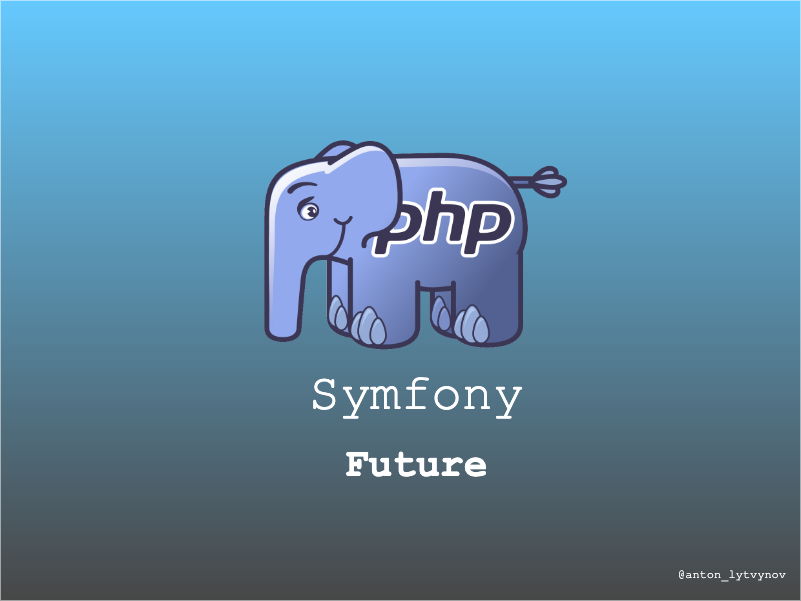The Future of PHP and Symfony: Trends and Predictions for Web development

The Future of PHP and Symfony: Predictions and Trends for Modern Web Development
PHP has been one of the most popular programming languages for web development since its inception in 1994. It has been widely used for developing server-side web applications, web frameworks, and content management systems (CMS) like WordPress and Drupal. Symfony, a popular PHP framework, has been used to build scalable and maintainable web applications for years. However, with the rapid pace of technological advancements, it is crucial to examine the future of PHP and Symfony and their relevance in web development.
Trends in PHP
-
Performance optimization: Performance optimization has always been a priority for PHP developers. With the release of PHP 8, it has become even more critical as it offers significant performance improvements, faster execution, and reduced memory usage.
-
Serverless Architecture: Serverless architecture is becoming increasingly popular, and PHP is no exception. Developers can use PHP in serverless environments like AWS Lambda, which can improve scalability and reduce costs.
-
Microservices: Microservices have gained popularity in recent years, and PHP developers are adopting this architecture. PHP microservices can be developed with frameworks like Lumen, which offers fast development, scalability, and modularity.
-
Cloud Computing: Cloud computing has become an essential component of modern web development, and PHP is no exception. With cloud platforms like AWS and Azure, developers can deploy their PHP applications with ease.
Predictions for Symfony
-
Increased Adoption: Symfony has been around for over a decade, and its popularity is not slowing down. With its robust architecture, reusable components, and scalability, it will continue to be a preferred choice for web development.
-
API Development: As the demand for APIs increases, Symfony will become a preferred choice for API development. With its built-in API Platform, developers can easily create APIs that are compliant with modern standards like JSON-LD, GraphQL, and OpenAPI.
-
Decoupling: Decoupling is becoming a popular approach for web development, and Symfony is adapting to it. Symfony Flex, a new package management system, allows developers to remove unused components and reduce the size of their application.
-
AI Integration: Symfony is already compatible with Machine Learning libraries like TensorFlow and Keras. With the rise of AI and machine learning in web development, Symfony is well-positioned to integrate with these technologies.
Conclusion
PHP and Symfony have been around for a long time and have proven to be reliable and robust technologies for web development. With the current trends and predictions, it is clear that PHP and Symfony are not going away anytime soon. Developers should continue to hone their skills and stay updated with the latest advancements to stay ahead in the competitive web development landscape.
